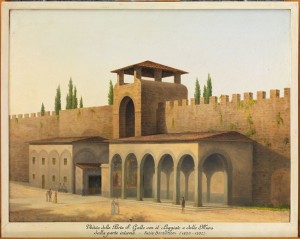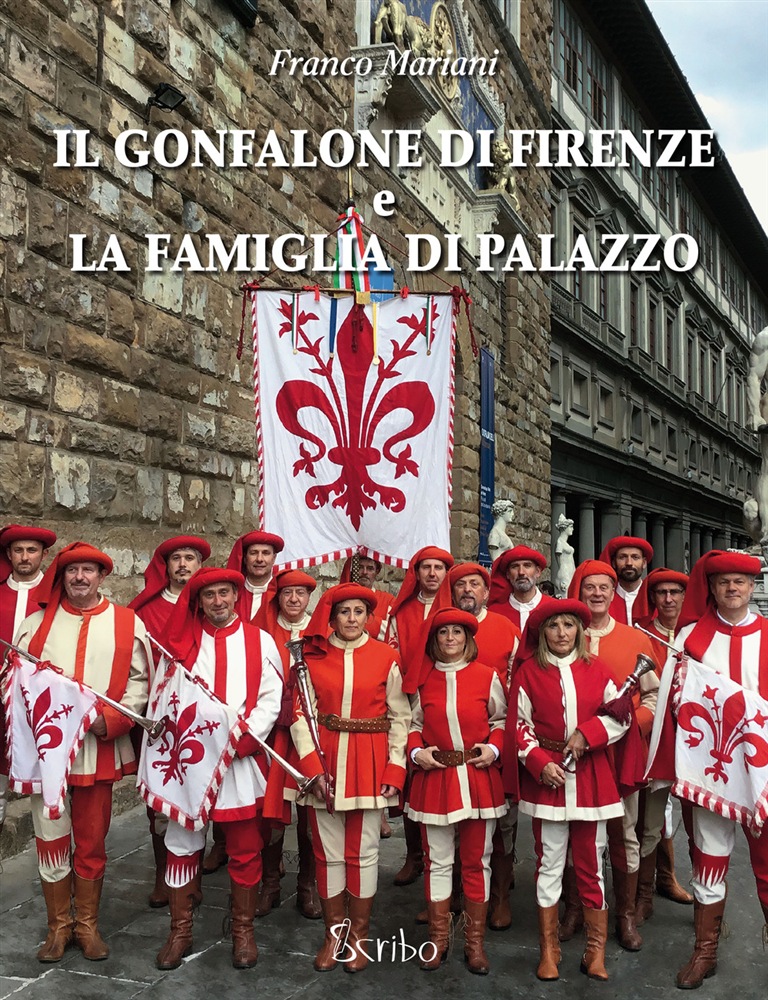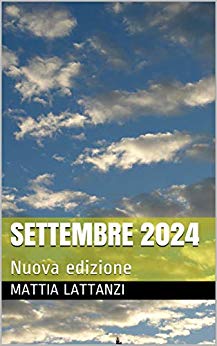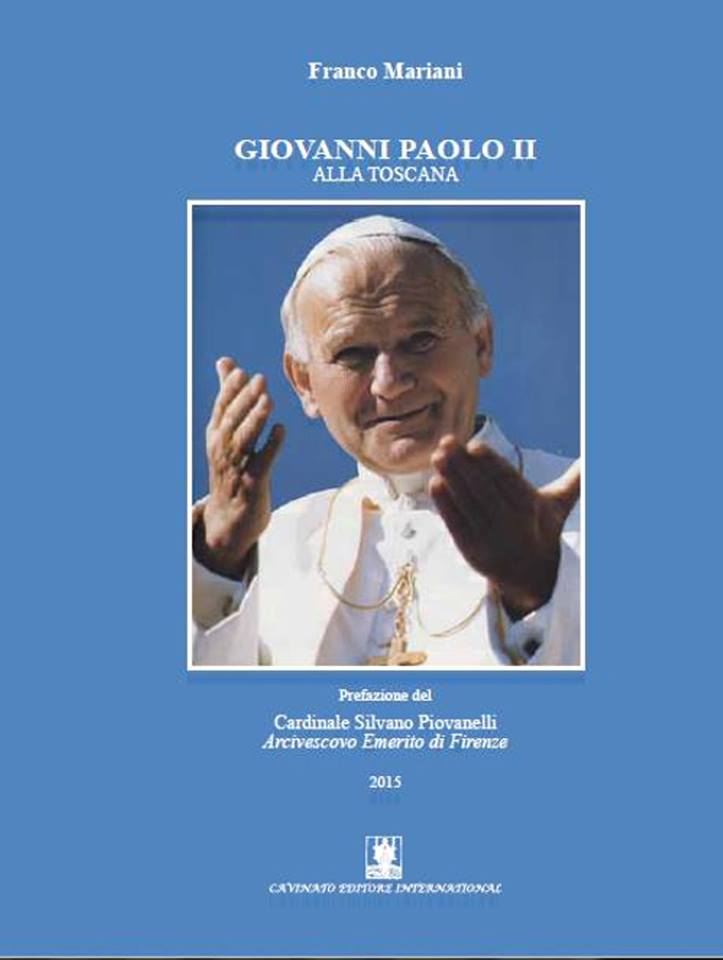Florence as it was in the paintings of Fabio Borbottoni
 Florence as it was in the views of the painter Fabio Borbottoni (1823-1901), thanks to the exhibition "Florence: 'Photograph' of a city history and current. The Collection Borbottoni and other views from the Art Collections Ente Cassa di Risparmio di Firenze "featured at Spazio shows Ente Cassa di Risparmio di Firenze up to 5 April entrance book.
Florence as it was in the views of the painter Fabio Borbottoni (1823-1901), thanks to the exhibition "Florence: 'Photograph' of a city history and current. The Collection Borbottoni and other views from the Art Collections Ente Cassa di Risparmio di Firenze "featured at Spazio shows Ente Cassa di Risparmio di Firenze up to 5 April entrance book.
The initiative, edited by Emanuele Barletti, is realized with the participation of the Education Section of the Museums of Florence, in collaboration with the Military Geographical Institute, and is accompanied by photographs of syncretic Saverio De Meo who wanted to establish a dialogue between the views of ancient Borbottoni and elements of modern life in the relationship with the city.
The exhibition is part of the project "L 'Ente Cassa Florence Capital", conceived and promoted by Ente Cassa di Risparmio di Firenze to celebrate the 150th anniversary of the transfer of the capital of Italy from Turin to Florence in 1865.
The entire picture gallery of these 120 oils on canvas is revived today, after the previous initiative of 2007, with a larger project, enriched by views of Florence in the nineteenth chosen from the Art Collection of the Foundation's, who wants to facilitate a comparison of the places depicted by the artists and their attitude today. The organizers wanted to avoid any rhetoric to try an evocative relationship between past and present that would help in understanding the changes undergone by the city in recent decades.
Fabio Borbottoni habitually practiced the profession of Railways, but it was always passionately devoted to painting which played as a youth by discrete talent, preferring, in the wake of a long historical tradition of local, the themes of landscape painting and painting interiors applied in particular to the famous series of views of Florence, which represents the greatest achievement of his career as an artist.
The exhibition is enriched by the images of Xavier De Meo, creative photographer from Puglia but resident in Naples, belonging to other culture and climate, could portray with the necessary detachment 'before' and 'after' of this process.
Starting right from the images of Borbottoni, the teacher studied with photography not already a pure representation of the current location to automatically superimpose the ancient paintings and see the difference, but has caught every single place isolating motifs emerging from the context they belong to collazionarli with the views.
So has selected some signs of what we consider the current and modern and compared them with the previous situation. The effect can appear in many ways strident, thinking of the romantic atmosphere of urban environments of Borbottoni they rudely bicycles parked anywhere in the wild, bins that are even more ugly trash that contain, cars that fill every empty space, and that certainly does not contribute to the aesthetics and decorum citizen. But this is precisely the timeliness with which it has to live the historic center of Florence as well as all the historical centers of our cities with their secular stratification often subject to changes and upheavals or, also simply, to a daily life unruly and disorderly.
An important contribution to the qualification of the project is given by the participation of the Education Section of the Museums of Florence, coordinated by Maria Paola Masini and design of Elisa Marks and Maria Letizia Rule, which was intended to strengthen the component of popular shows and promoting it at specific users: schools and families.
Precisely for this purpose has been edited a program of guided tours during which the educators they use a computer equipment (touch screen) for a multimedia reading inherent transformations undergone by the city before and after the unification of Italy.
This event takes place as a kind of 'walk' in old Florence at the time of his election to the capital guided by the views of Borbottoni, thanks to which it is possible to reconstruct a story to younger often unknown.
Visiting students is also given a map to be used in the city to find the landmarks of Florence yesterday and today, immortalized in the photos on display.
The presence of the Military Geographic Institute, which in the past the Ente Cassa shared important cultural projects, focuses on the desirability of the exhibition, with the scientific contribution of Andrea Cantile, fundamental testimonies planimetric Florence documenting the changes into the urban, in particular between the 1843 and the 1870.
The exhibition also coincides with the re-opening to the public of the permanent collection of toy soldiers Alberto Predieri also placed in the exhibition halls and closed temporarily for renovations.
The collection, considered among the most important national, includes 1.500 pieces depicting characters belonging to a large period of time ranging from '700 to the Italian Risorgimento, and was put together with great passion and expertise from 'eminent economist whose culture ranged from the legal sciences to those historical and art-historical.
Cecilia Latches
By the number 54 - Year II 04/03/2015







Follow Us!